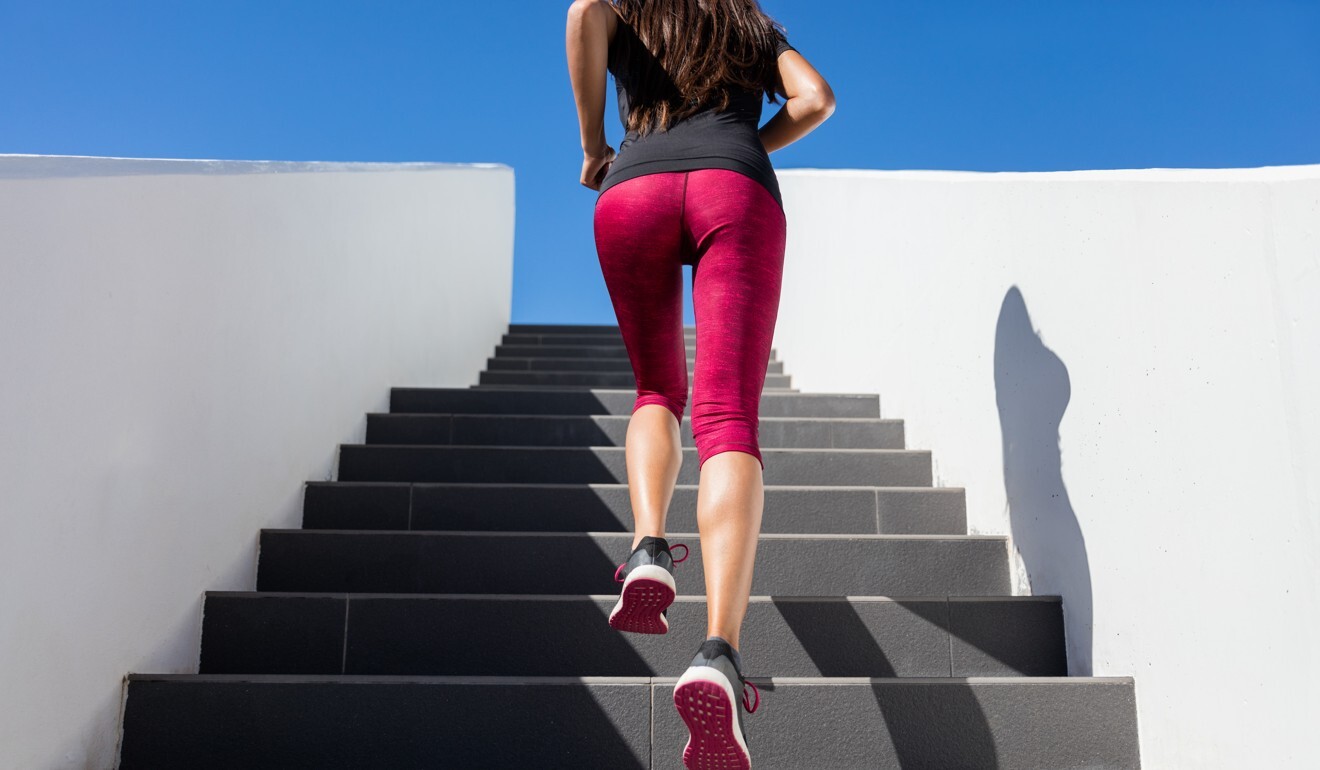
Stress fractures for runners – symptoms, prevention and cure for a common overuse injury
- Runners can experience a specific tender point on a bone, surrounded by tight muscles – this may mean you have a stress fracture
- The first treatment is rest and recovery, but there are a number of ways to prevent a stress fracture
A stress fracture injury can be frustrating for runners as there is no sudden cause or apparent injury, it can appear slowly, but that does not mean it is not serious.
Causes
A stress fracture is a tiny break or crack in a bone and occurs as a result of overuse. For runners, it typically appears in the fibula or the foot (metatarsal) as a result of the constant pounding of the pavement or track.
When muscles fatigue, the bone takes more of the load than it is supposed to and eventually cracks under the pressure.

Symptoms
The affected area is very sensitive, particularly if you press it or try to run. It can swell and the muscles around the fracture can feel very tight.
Four exercises for trail runners to improve their stability
If you recognise it early, the symptoms can be mild and it will not take long to heal. But the longer you ignore it, the worse it will get, and it could lead to a full-blown bone fracture.
You might also notice a change in running form. If you are subconsciously compensating to avoid loading the affected area, for example, landing on the outside of your foot, you may have a stress fracture.
Cure
The first and most important remedy is rest. The bone needs time to heal. Ice the area and if it is very bad, take anti-inflammatory pills. Seek out the advice of a doctor or physiotherapist – it is hard to diagnose a stress fracture without an X-ray. Depending on the severity, you may be put in a boot or cast.
Assuming you are not in a boot or cast, you can still exercise, as long as it is not running. Swimming is a good option to work out without loading your muscles. You can cycle, or even walk, depending on how bad the stress fracture is. Try some upper body weights too.
Prevention
Do not do too much too soon. It can take weeks for your muscles and cardiovascular system’s fitness and strength to improve, but it can take months for your bones to strengthen. So, while you might feel fitter and be tempted to add volume to your training programme, be patient or you will be sidelined by your injury. Contact a coach or physiotherapist to help design an appropriate training routine.
Variety is the spice of life – change up the surface you are running on to change the load. Include track, road, trails and incline running to spread the stress.

Your running form might contribute to your injuries too, so if you get a coach they might be able to point out issues that are leading to injuries or advise on a pair of shoes that suits your style.
Try single-leg Romanian dead lifts – stand on one leg and lean forward. Lift the none-weight baring leg up behind you as you lean forward until your body and leg are parallel to the ground. Add a weight as you get stronger and hold it in the opposite hand to your none-weight baring leg.

